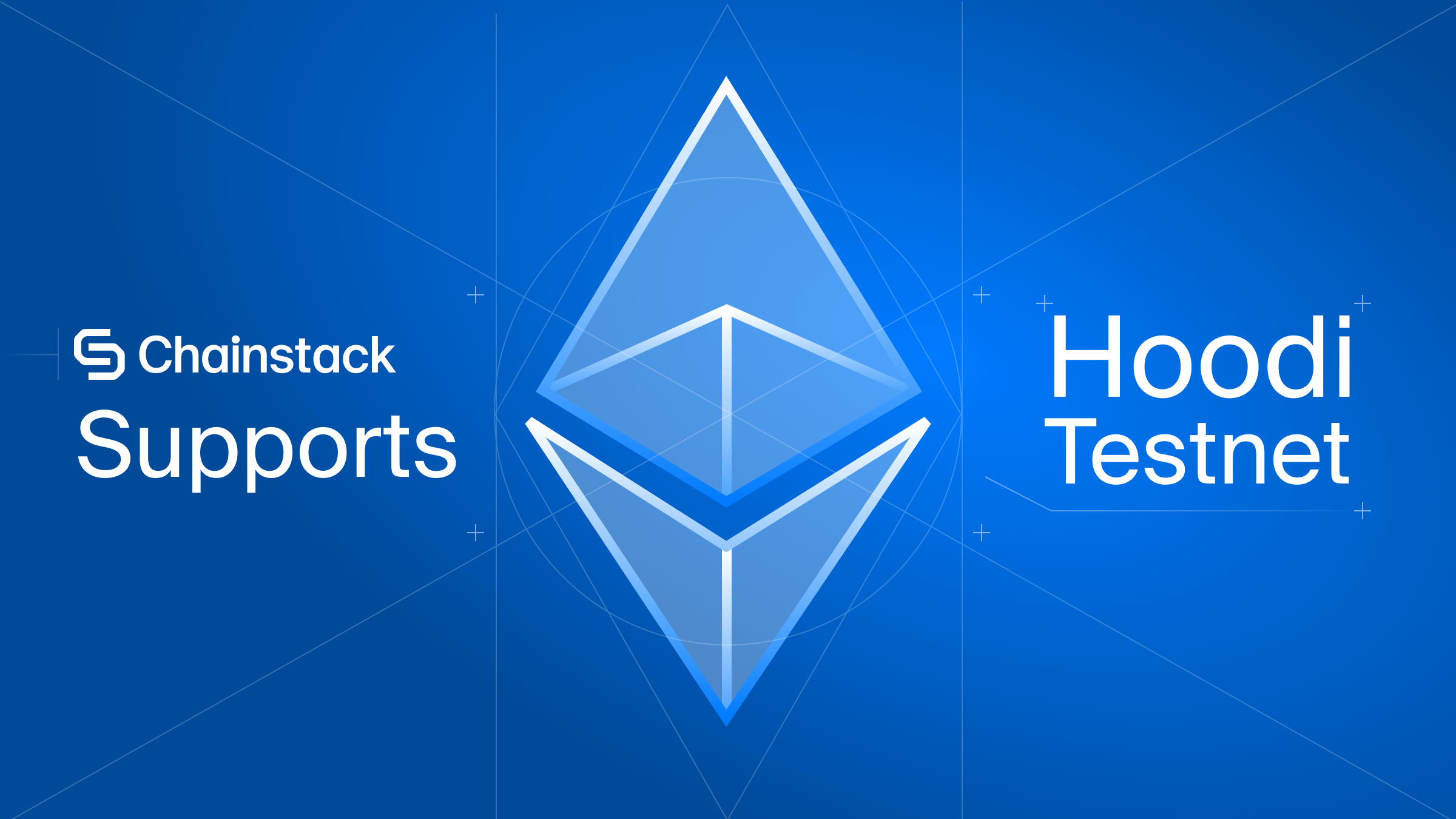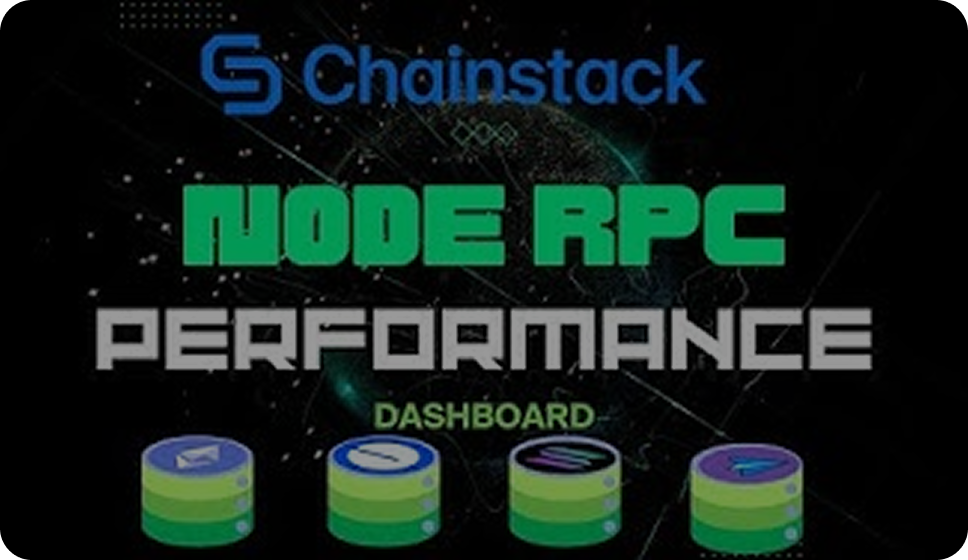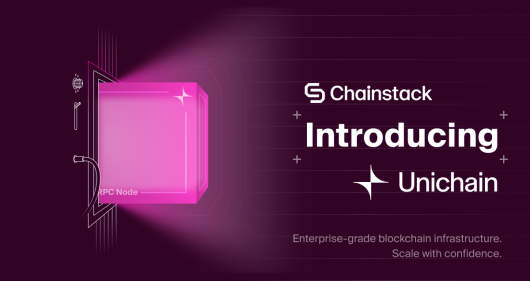A deep dive into GameFi: How NFTs are shaping the future of gaming
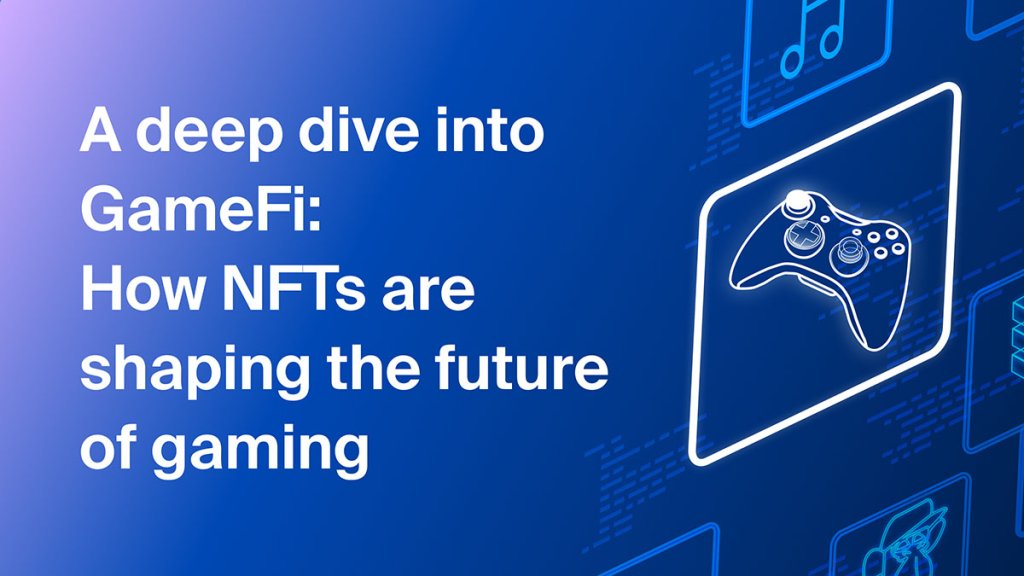
The gaming industry is no stranger to embracing new technologies, and the recent rise of non-fungible tokens (NFTs) presents an exciting avenue for exploration. NFTs in gaming have the potential to redefine player ownership, create novel revenue streams, and foster innovative game designs.
In this article, we’ll delve into the world of blockchain gaming, demystify NFTs’ role in video games, and examine how they’re revolutionizing the gaming landscape. So, without further ado, let’s catch up with blockchain gaming:
Catching up with blockchain gaming
Blockchain gaming has emerged hand in hand with the rise of NFTs, as the technology offers an entirely new way to develop, distribute, and monetize games. Blockchain gaming allows for decentralized control of game assets, giving players a sense of autonomy and ownership that was previously unavailable in traditional gaming setups.
The adoption of NFTs as in-game assets has further fueled this new frontier, opening up novel gameplay mechanics and value propositions for both gamers and developers.
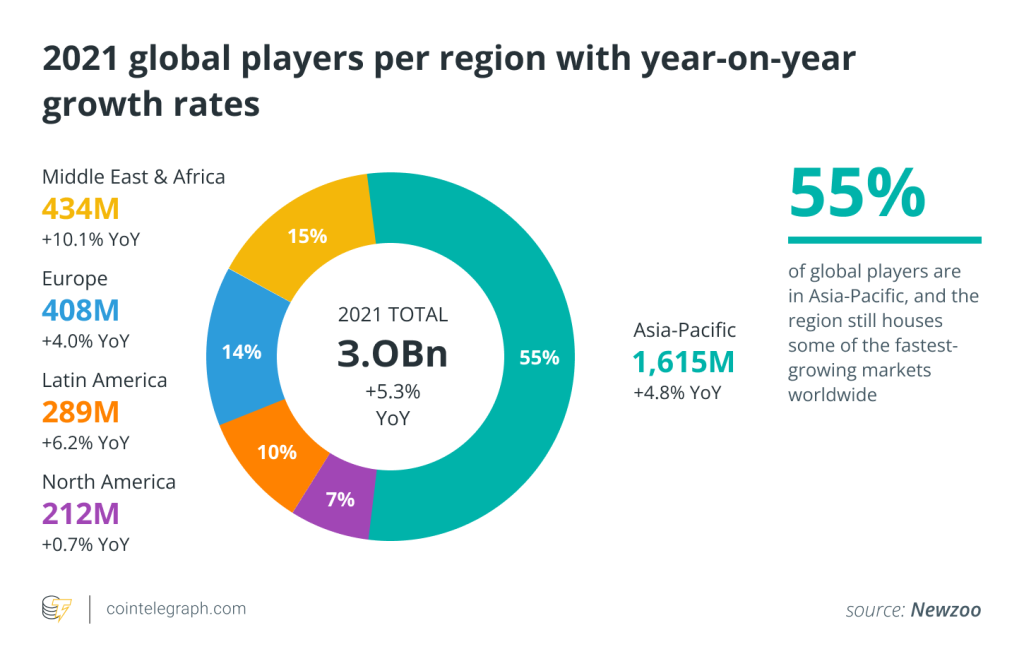
Understanding NFTs in gaming
NFTs are distinctive and non-divisible digital assets stored on a blockchain. In gaming, NFTs act as digital proxies for in-game assets, offering players authentic ownership and control.
By converting these virtual items into NFTs, players can transfer them between games, sell them on digital marketplaces, or gain rewards through play-to-earn schemes. Due to the decentralized structure of the blockchain, NFTs facilitate a self-sufficient gaming economy where players can participate as contributors, traders, and creators.
NFTs in gaming come in different forms, mainly categorized into:
- In-game assets: These NFTs symbolize physical items in a game like weapons, skins, characters, and virtual real estate. Each asset possesses unique attributes, functions, and relevance within the game’s universe. Tokenization of these assets into NFTs provides players with genuine ownership and governance over their digital possessions.
- Governance tokens: Some games distribute governance tokens as NFTs, granting players voting privileges and sway over the game’s evolution and trajectory. These tokens foster decentralization and allow players to partake in the decision-making for the game’s future.
What is GameFi?
GameFi is a term derived from the combination of gaming and decentralized finance (DeFi). It refers to the integration of blockchain technology and financial mechanisms into games, enabling players to earn rewards, trade in-game assets, and experience decentralized game governance.
NFTs in gaming offer several significant advantages for both players and developers. Leveraged by GameFi projects, these unique digital assets provide real ownership and lucrative opportunities:
- Ownership and control: NFTs facilitate true digital ownership for players, granting them the autonomy to manage, trade, or sell their in-game assets as they see fit.
- Interoperability: NFTs can enable cross-platform cooperation, with the potential for assets to move between different games or even ecosystems, enriching player experiences and driving creativity.
- Monetization: By tokenizing in-game assets and allowing for their transfer and trade, NFTs open up new revenue streams for not only developers but also players, who can now earn value through their game activities.
Traditional gaming meets blockchain technology
The gaming industry has come a long way since the days of arcade machines and simple 8-bit graphics. With advancements in technology, gaming has transformed from being a niche pastime to a multi-billion-dollar global industry. Similarly, the business models and player experiences that underpin gaming have evolved significantly over time.
Traditional gaming typically relies on various revenue models such as upfront sales of physical or digital game copies, in-game microtransactions, and subscription-based revenue for online games. In these models, developers and publishers maintain substantial control over the game’s digital assets, and players often have limited rights to use or monetize in-game items. Trading of these assets is challenging and not officially supported outside of some gaming communities.
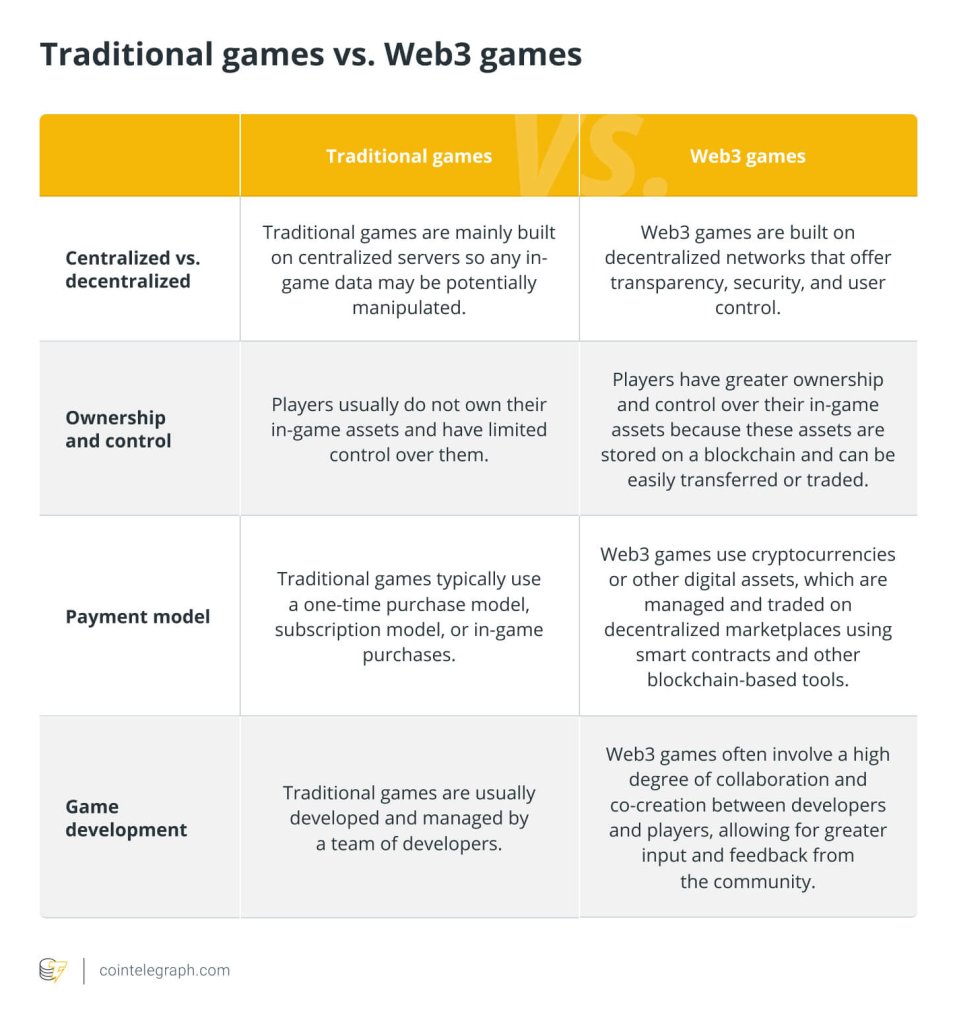
Evolution of the gaming industry
The gaming industry has seen significant growth and change over the past few decades. New technologies like Virtual Reality (VR), Augmented Reality (AR), and eSports have propelled the sector to new heights, with gamers embracing innovative gameplay experiences. The introduction of blockchain technology and NFTs adds a new dimension to gaming, opening up fresh avenues for player engagement, interactivity, and monetization.
Nowadays, NFTs enable game developers to create unique and verifiable digital assets that can be owned by players, giving them greater control over their in-game items. These assets can be traded, sold, or used across different games and platforms, further empowering players, and creating realistic in-game economies, as well as new revenue opportunities for developers and players alike.
Exploring the GameFi ecosystem
GameFi is poised to transform the gaming industry profoundly, opening up new possibilities for player ownership, creative game design, and monetization. By granting players more control over their in-game assets and offering novel mechanics like play-to-earn, socialize-to-earn, and Decentralized Autonomous Organizations (DAOs), GameFi fundamentally changes the relationship between developers, players, and games, ushering in a more decentralized and democratic future for gaming.
Play-to-Earn and Socialize-to-Earn
The Play-to-Earn model is a revolutionary approach to gaming that allows players to earn rewards by actively participating in games, particularly those integrated with blockchain technology. Rather than spending money on in-game purchases, Play-to-Earn games enable players to accumulate valuable assets as they play, which can later be traded or sold in online marketplaces.
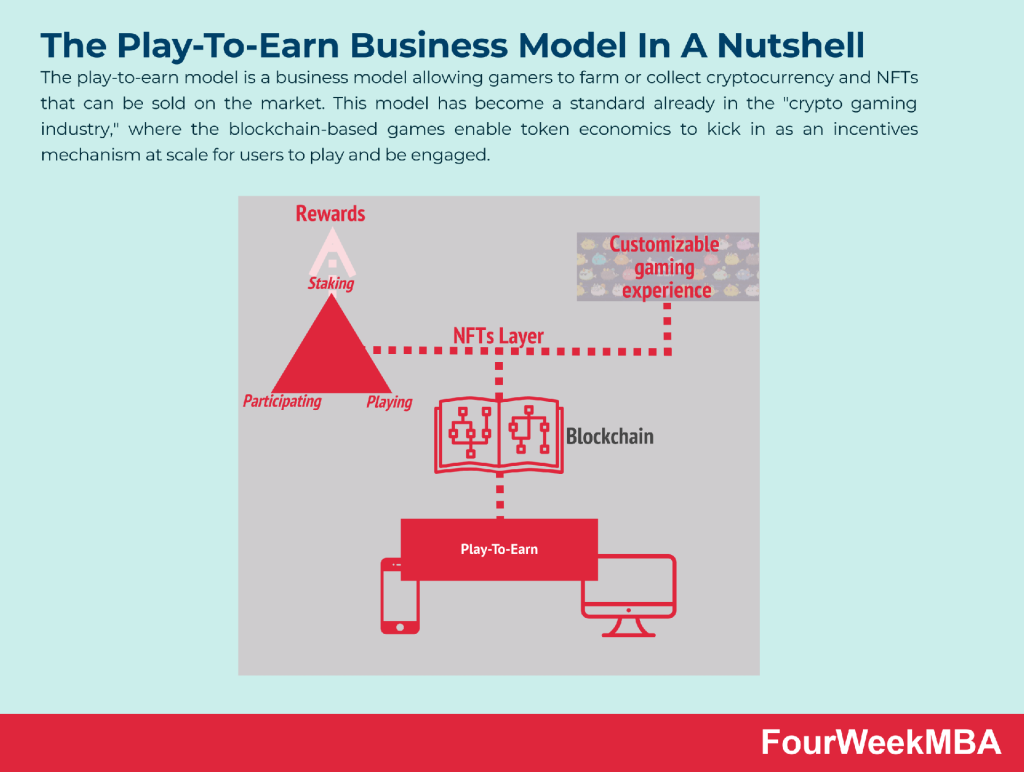
Socialize-to-Earn is another innovative model, emphasizing players’ social interactions and engagement within the game. This system encourages players to build, share, and participate in game communities to earn tangible rewards in the form of in-game assets and governance tokens.
Decentralized Autonomous Organizations (DAOs)
GameFi projects often involve Decentralized Autonomous Organizations (DAOs), which are organizations operating through rules encoded in smart contracts on a blockchain. DAOs enable decentralized decision-making, typically giving players and stakeholders the ability to influence game development and other aspects of the project by voting on proposals, using governance tokens as voting power. This decentralization promotes a sense of player agency and fosters community-driven game development.
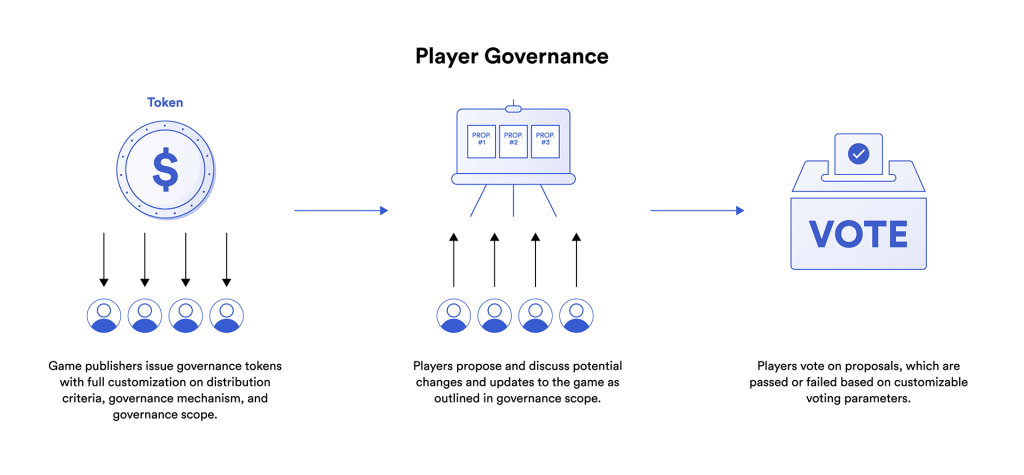
DeFi integration in gaming
Another facet of GameFi lies in its potential for integrating DeFi elements with gaming. DeFi and gaming share many similarities, such as decentralized control, tokenization, and community-driven governance.
By integrating DeFi into gaming ecosystems, developers open up new ways for players to earn, trade, and invest assets. Games are increasingly leveraging DeFi tools like liquidity pools, decentralized exchanges (DEXs), and lending protocols to create a more vibrant in-game economy.
This integration can take various forms, such as allowing players to stake in-game assets and earn rewards, providing liquidity for game-specific tokens or NFT markets, or even using synthetic assets to create new in-game mechanics.
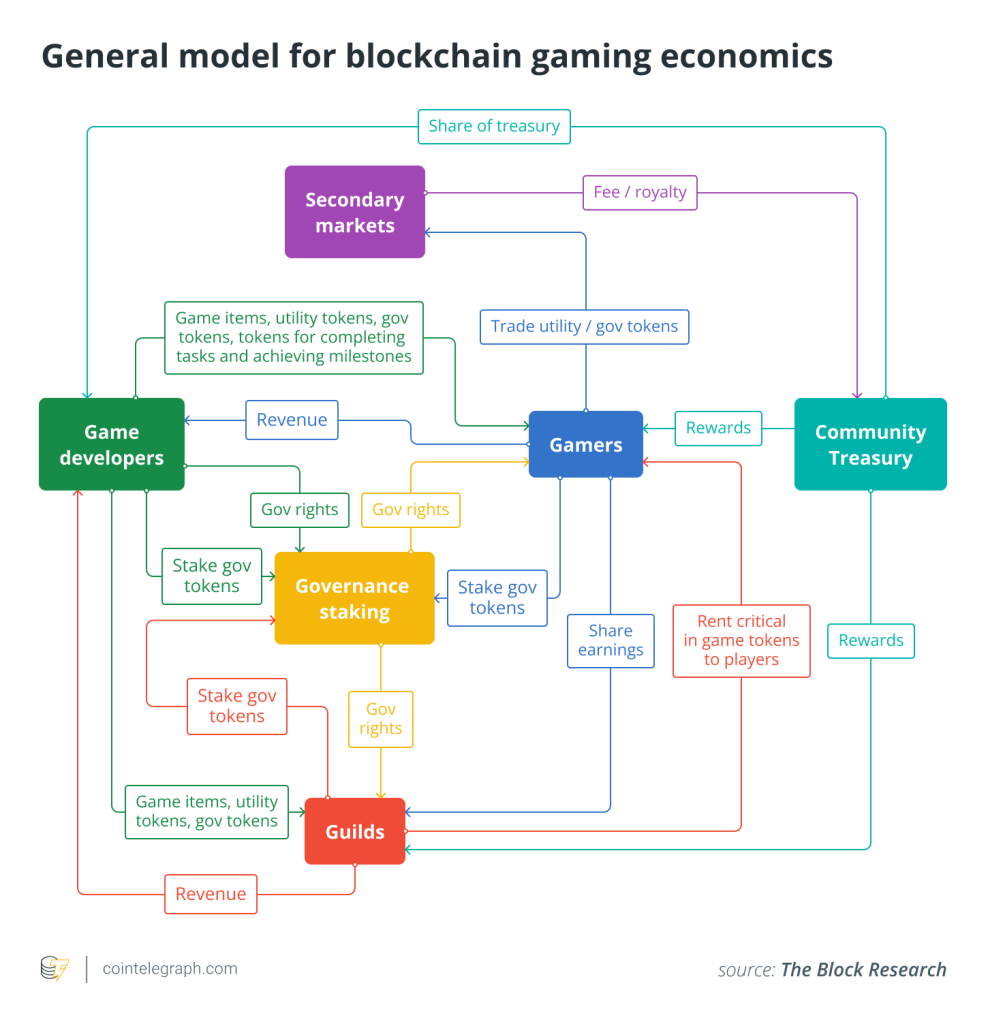
Encapsulating all these elements, a range of game projects has emerged and found success, such as Axie Infinity, Decentraland, and iguVerse, among others. These projects showcase the potential of GameFi to disrupt traditional gaming models and deliver novel and engaging gaming experiences.
Notable GameFi projects
In recent years, several GameFi projects have garnered significant attention and traction, standing as a proof-of-concept for the potential of NFTs and blockchain technology in gaming. Among these, Axie Infinity, Decentraland, and iguVerse serve as prominent examples that showcase the viability and impact of this emerging sector.
Axie Infinity
Axie Infinity is a popular blockchain-based game centered around collecting, breeding, and battling fantasy creatures called Axies. In Axie Infinity, players can earn rewards in the form of Smooth Love Potion (SLP) tokens by participating in battles and completing various tasks. These tokens can be traded or sold on cryptocurrency exchanges or used to breed new Axies, which can be subsequently sold as NFTs on the marketplace.
The Play-to-Earn model employed in Axie Infinity has attracted a considerable following, with many players treating the game not only as a source of entertainment but also as an income-generating opportunity. The success of Axie Infinity showcases the potential of NFT gaming to democratize the gaming industry and empower players through a decentralized and player-driven economy.
iguVerse
iguVerse is a GameFi platform focused on creating an interconnected ecosystem of blockchain-based games. Players can earn rewards and collect NFTs across different games within the iguVerse ecosystem, which can then be traded, sold, or used in other games on the platform as interoperable assets.
This approach underscores the potential of cross-game NFT integration and blockchain gaming, illustrating the possibilities for a more dynamic and immersive future in the gaming industry, where players can participate in multiple games with a seamless transition of assets and rewards between them. Explore our iguVerse case study for an in-depth look into the project:

Decentraland
Decentraland is a virtual world built atop the Ethereum blockchain, offering players a platform for creating, owning, and trading digital assets. At its core, Decentraland utilizes NFTs to represent virtual land parcels, referred to as LAND, where users can build and deploy a wide variety of content, such as art galleries, casinos, or even games.
The decentralized nature of Decentraland enables an open economy, allowing players to trade and monetize digital assets, such as LAND, wearables, or in-game items. The integration of DeFi elements, like staking and governance, adds another layer of depth to Decentraland’s metaverse experience, demonstrating the transformative impact that blockchain and NFTs can have on gaming and virtual reality.
These successful GameFi projects highlight the diverse and promising landscape that NFTs and blockchain technologies are carving out within the gaming industry. As more developers adopt these technologies and players recognize their benefits, the gaming landscape will continue to evolve and redefine the boundaries of what is possible.
GameFi’s road to mainstream adoption
Several major developers, including Ubisoft, Konami, Atari, and others, have ventured into the NFT gaming space by releasing NFT collections or announcing plans to incorporate NFTs into their games. However, many of these initiatives have been met with backlash from gamers, developers, and even employees within the companies themselves.
Valve Corporation, the company behind the popular digital game distribution platform Steam, has implemented a ban on games that incorporate NFTs or blockchain-based currencies. This resistance illustrates a disconnect between the growing interest in NFT gaming and the skepticism that still exists across different sectors of the industry.
In contrast, Valve’s competitor, Epic Games Store, has expressed a willingness to welcome NFT games. This variance in policies mirrors the ongoing uncertainty and debate among industry stakeholders about the role and potential impact of NFTs in gaming.
Ubisoft, a major gaming developer, and publisher, serves as an example of mainstream adoption. The company has already ventured into NFTs by establishing its Ubisoft Quartz platform. This platform leverages the energy-efficient Tezos blockchain to create, store, and manage in-game NFT assets called Digits.
Although Ubisoft’s entry into the NFT gaming space has generated some criticism, it highlights the ongoing debate within the gaming industry about the role of NFTs and their transformative potential.
Challenges and opportunities in GameFi
Despite the potential of NFTs in gaming, many questions remain unanswered, and challenges need to be addressed, such as the standardization of assets across different platforms and the integration of gaming NFT marketplaces. However, the evolution of the gaming industry and the growing interest in NFTs continue to pave the way for increasingly immersive and interactive gaming experiences.
Standardization and cross-platform compatibility
One of the primary challenges facing the adoption of NFTs in gaming is the lack of standardization and cross-platform compatibility. To enable seamless trading and transfer of NFT assets across different games and platforms, standardization must be achieved, and mutual agreements must be reached among game developers.

Solution: Consortiums and collaborations among game developers, platforms, and other stakeholders can foster industry-wide agreements and promote the development of universal interoperability standards. New token standards like ERC-1155 for Ethereum and the protocols themselves can help establish frameworks that make cross-platform NFT compatibility possible.
Security considerations
As the popularity and value of NFT assets and blockchain games rise, so too do the security risks associated with them. Hacks and breaches could lead to significant financial losses for both developers and players.
Solution: Robust security measures must be implemented by developers to protect both their platforms and players from malicious actors. This includes secure smart contract development, regular audits, and security best practices across development teams.
Scalability
Scalability is a major concern in the blockchain space, influencing the potential growth and adoption of NFTs in gaming. As blockchain gaming platforms grow in popularity, the ability of networks to handle increased demand becomes critical for smooth gameplay and effective asset management.
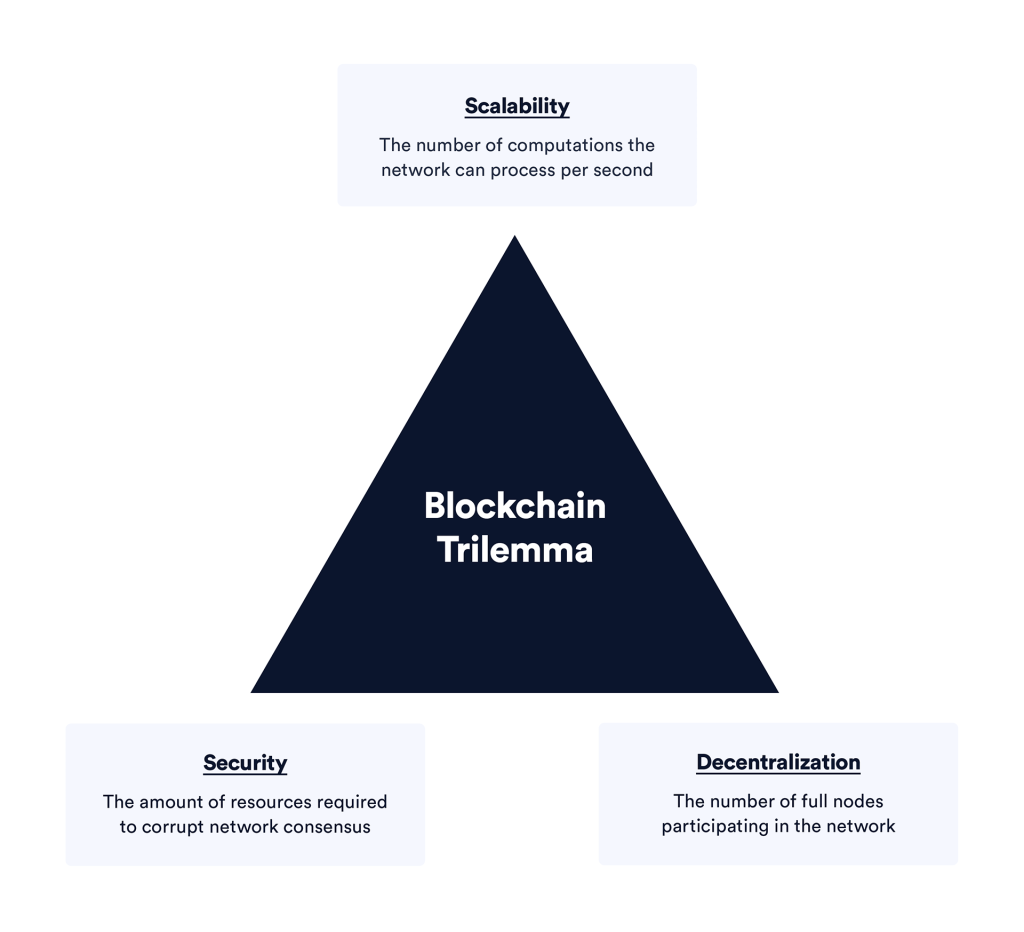
Solution: Layer 2 scaling solutions, such as sidechains and state channels, can alleviate some scalability issues by offloading transactions and data from the main blockchain. Additionally, developers can explore newer, more scalable blockchain networks better suited for large-scale gaming applications.
Skepticism and adoption resistance
Many gamers and developers express skepticism and resistance towards NFTs and blockchain gaming. The controversy surrounding NFTs, combined with unclear benefits, can hamper widespread adoption.
Solution: Increasing awareness and education about the benefits and possibilities of NFTs and blockchain gaming is essential to overcoming this resistance. Showcasing successful case studies, such as Axie Infinity or Decentraland, and creating more accessible gaming experiences may help win over a larger portion of the gaming community.
While these challenges present complications for implementing NFTs in gaming, the industry is continuously exploring innovative solutions to address these issues, further pushing the boundaries of gaming and the potential for NFT integration.
Opportunities
Despite these challenges, there are notable opportunities for growth and development within the NFT gaming space:
- Collaboration with traditional game studios: As NFT gaming gains traction, forging partnerships with established game studios can serve as a gateway to broader adoption. Through collaboration, both sides can benefit from shared expertise and resources, exploring innovative gameplay mechanics that cater to a larger player base.
- Education and awareness: Boosting public understanding of NFTs and GameFi is vital for driving mainstream interest in the space. Efforts to educate gamers, developers, and investors about the potential of NFTs, blockchain, and GameFi can inspire a new wave of enthusiasts and developers.
- Technological synergy: Identifying points of intersection between NFTs and emerging technology (such as AI, VR/AR, and IoT) can unlock new possibilities for game design, mechanics, and user experiences.
The growth of NFT gaming is fueling interest from a larger audience, but hurdles lie ahead on the road to broader adoption. These challenges and opportunities offer exciting prospects for developers and players alike, who together will define the future impact of NFTs in gaming.
Impact of GameFi and NFTs on the gaming industry
The emergence of NFTs and GameFi has sparked significant interest and development in the gaming industry, which is set to feel the ripple effects of this innovation. The impact of NFTs and GameFi on the gaming landscape can be observed from multiple perspectives, including player experiences, industry stakeholders, and game development philosophies.

Player experiences
NFTs and GameFi introduce players to new levels of ownership and control over in-game assets. As these assets become tokenized and tradeable, players can monetize their time, effort, and skill within games by buying, selling, or trading these digital goods. The Play-to-Earn model, for instance, turns gaming into an income-generating activity for many players, especially those in countries with limited economic opportunities.
Furthermore, the cross-chain interoperability and the potential for having NFT assets transferable between games create a more interconnected and versatile gaming experience. Players will no longer be confined to a single game world, as their unique assets can travel with them across different platforms and virtual environments.
Industry stakeholders
The rise of NFTs and GameFi has opened new revenue streams and business models for game developers and publishers, as they can create, sell, and monetize NFT assets or leverage blockchain-based economies.
However, not all industry stakeholders and gaming communities have embraced NFTs and blockchain technology. Concerns about environmental impact, financial risks, and potential scams have fueled skepticism and controversy within the gaming industry.
Nonetheless, as technology advances and NFTs and GameFi mature, industry stakeholders will continue to explore innovative approaches to gaming that unlock new potential for players and developers alike.
Game development philosophies
The very concept of NFTs and GameFi signals a shift in game development philosophies, with a focus on player-centric design and the democratization of content creation. By tokenizing in-game assets, developers empower players to become creators, traders, and entrepreneurs within the gaming ecosystem.
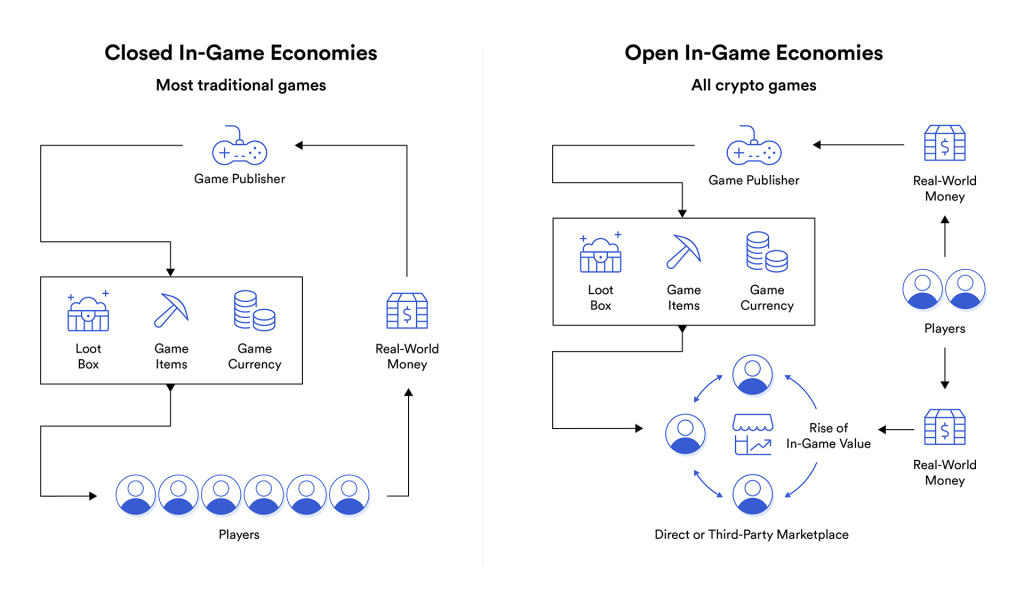
This shift in philosophy places more value in the hands of players, leading to more meaningful interactions with games and greater incentives for developers to create engaging virtual worlds. It establishes a symbiotic relationship between players and developers, with each group fueling the success and evolution of the other.
Empowering indie developers
As NFTs and blockchain technology gain traction in the gaming world, these innovations promise to level the playing field for independent developers. The intersection of NFTs and gaming presents an opportunity for small-scale creators to monetize their work and become financially invested in their projects.
- Crowdfunding: Through the sale of NFTs representing in-game assets, indie game developers can secure early-stage funding and bootstrap their projects. This approach to financing game development democratizes access to resources and rewards community-driven efforts.
- Secondary market revenue: NFTs can enable revenue sharing from secondary market transactions, allowing developers to benefit from the ongoing sale and trade of in-game assets. This continuous source of income can sustain indie developers’ efforts and fuel future projects.
Player-led innovation
NFTs encourage a shift in game design, empowering players to become creators and traders within the gaming ecosystem. Transforming game assets into NFTs broadens creative possibilities and fosters a player-centric game design philosophy.
- Asset creation: By creating and selling game assets as NFTs, players can take on the role of creators within the game world, shaping the development of the in-game environment while reaping financial rewards for their efforts.
- User-generated content: Player-created NFTs can fuel the production of user-generated content that enriches game worlds, providing new spaces and stories to explore.
The impact of NFTs and GameFi on the gaming industry is undeniable, with the potential to redefine the gaming landscape in profound ways. As the sector continues to innovate and advance, the integration of these technologies and concepts will play a central role in shaping the future of gaming.
Such integrations have the potential to democratize the industry, breaking down barriers for indie developers and tapping into the collective imagination of players. By harnessing the creative force of the gaming community, we can imagine a more inclusive and diverse gaming landscape, built by and for the players themselves.
Mapping the future of GameFi
As GameFi continues to grow and gain momentum, several key trends are poised to further shape its future and redefine the landscape of gaming. Among these trends are cross-chain interoperability, the integration of virtual reality (VR) and augmented reality (AR), and the fusion of artificial intelligence (AI) and machine learning in blockchain gaming.
Cross-chain interoperability
The importance of cross-chain interoperability cannot be understated, as it allows for seamless interaction and exchange between different blockchain networks and their native assets. In the context of GameFi, this interoperability translates to a more streamlined and integrated gaming experience, where players can utilize items, assets, and currencies across multiple games and platforms without friction.
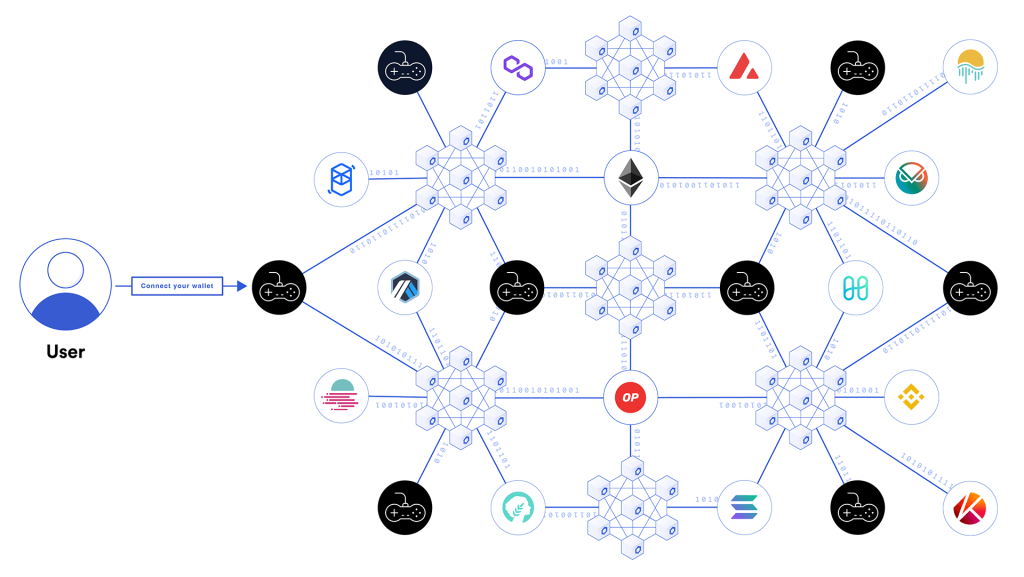
VR and AR integration
The realms of virtual and augmented reality hold immense potential for the gaming industry, with their power to create immersive and engaging experiences. When combined with NFTs and blockchain technology, VR and AR can further revolutionize the gaming landscape by integrating unique digital assets into highly interactive environments.
As VR and AR technologies become more accessible and advanced, gaming experiences built on the foundation of GameFi will continue to evolve, offering players and developers an unprecedented level of immersion and interaction within virtual worlds.
AI and machine learning in blockchain gaming
Artificial intelligence and machine learning are already making inroads into various sectors, and gaming is no exception. In the context of GameFi, AI and machine learning can play a pivotal role in enriching gameplay and creating highly adaptive, intelligent systems within blockchain-based games.
Innovative applications of AI and machine learning could range from procedurally generating unique game assets that can be minted as NFTs, developing intelligent non-player characters (NPCs) that learn from player interactions, or even creating entire game worlds that evolve based on player choices.
As GameFi continues to advance, the convergence of these technologies and trends, combined with NFTs and blockchain, has the potential to redefine the future of gaming and push the boundaries of immersive, interactive experiences.
Bringing it all together
NFTs have unleashed a wave of innovation and possibility in the gaming industry, offering players unprecedented levels of ownership and control over their in-game assets. By integrating blockchain technology with gaming, we’re witnessing the emergence of a new paradigm that empowers players to participate in decentralized economies, contribute to communities, and monetize their gaming experiences.
While challenges such as security, standardization, and adoption resistance exist, the growth potential of this space is substantial, as it changes traditional game development philosophies towards player-centric designs and encourages democratization of content creation. And in the end, the rise of GameFi is not only elevating the ways we interact with games but also reshaping the gaming industry as a whole, forging a more inclusive, equitable, and democratic landscape for all to enjoy.
Power-boost your project on Chainstack
- Discover how you can save thousands in infra costs every month with our unbeatable pricing on the most complete Web3 development platform.
- Input your workload and see how affordable Chainstack is compared to other RPC providers.
- Connect to Ethereum, Solana, BNB Smart Chain, Polygon, Arbitrum, Base, Optimism, Avalanche, TON, Ronin, zkSync Era, Starknet, Scroll, Aptos, Fantom, Cronos, Gnosis Chain, Klaytn, Moonbeam, Celo, Aurora, Oasis Sapphire, Polygon zkEVM, Bitcoin and Harmony mainnet or testnets through an interface designed to help you get the job done.
- To learn more about Chainstack, visit our Developer Portal or join our Discord server and Telegram group.
- Are you in need of testnet tokens? Request some from our faucets. Multi-chain faucet, Sepolia faucet, Holesky faucet, BNB faucet, zkSync faucet, Scroll faucet.
Have you already explored what you can achieve with Chainstack? Get started for free today.
 Ethereum
Ethereum Solana
Solana TON
TON Base
Base BNB Smart Chain
BNB Smart Chain Sui
Sui Unichain
Unichain Aptos
Aptos TRON
TRON Ronin
Ronin zkSync Era
zkSync Era Sonic
Sonic Polygon
Polygon Gnosis Chain
Gnosis Chain Scroll
Scroll Avalanche Subnets
Avalanche Subnets Polygon CDK
Polygon CDK Starknet Appchains
Starknet Appchains zkSync Hyperchains
zkSync Hyperchains











